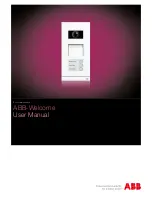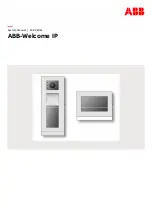
Speaker Wire—Continued
For longer lengths, heavier wire should be used. See our table below:
Length of Speaker Wire (each speaker)
Recommended Minimum Thick-
ness
Up to 15 feet
16 AWG
15 to 30 feet
14 AWG
Over 30 feet
12 AWG
4. When connecting wire to a terminal, twist the wire strands together so
that they all can be neatly inserted into the terminal.
If strands are left
loose and make contact with the terminal or a wire of the opposite po-
larity, they will cause a short and can severely damage your speakers
and equipment.
Phasing
It’s critically important that the speakers all work together. To accomplish
this, all speakers must be wired in phase.
This means that for each speaker
and for your receiver, each positive wire
is correctly connected to the positive (+)
terminal, and every negative wire is
properly connected to a negative (-) ter-
minal. Then, your speakers will be “in
phase”. On our speakers the positive (+)
input terminal is identified with a red
band, while the negative (-) input termi-
nal is labeled with a black band. Your re-
ceiver or amplifier will provide identifica-
tion by plus (+) and minus (-) symbols or
by colors also (commonly red for positive
and black for negative).
If you inadvertently connect the
wires backwards, this will significantly
degrade the sound quality. In a stereo
system, out of phase speakers will sound
as if there is a hole in the imaging be-
tween the speakers. Voices can sound as if they are far away from you. Incor-
rect phasing can also diminishes bass. Therefore, make sure that the polarity of
every connection is consistent.
Properly twist wire to eliminate stray strands
Do not allow strands to cause a short
5
Содержание OURSIDER II
Страница 1: ...OUTSIDER II Owner s Manual ...


























